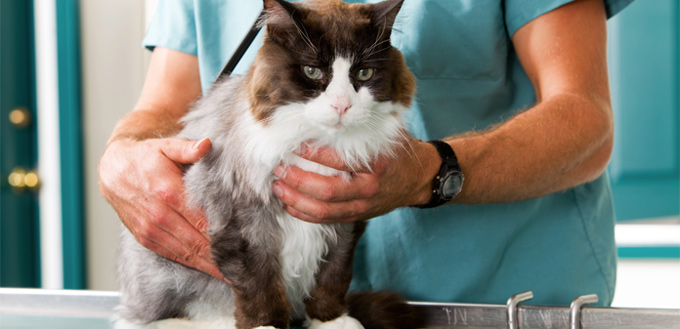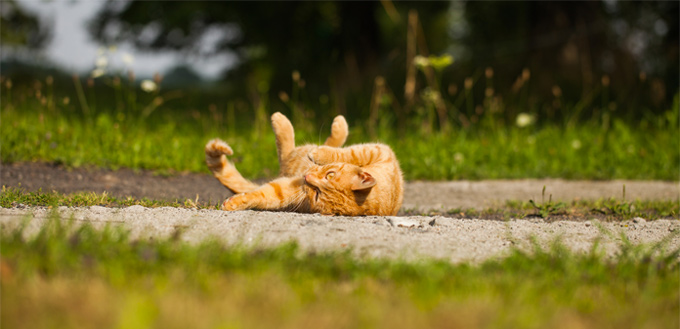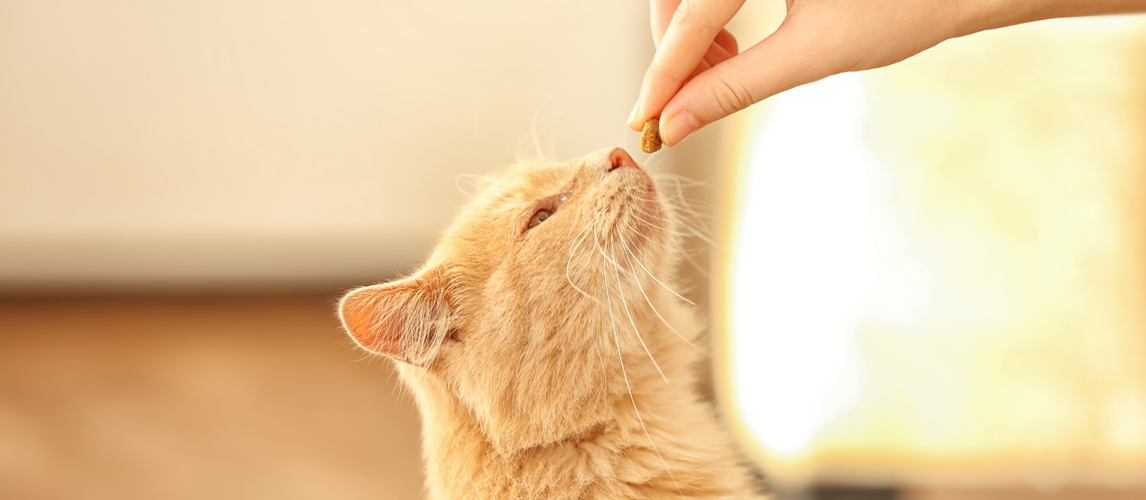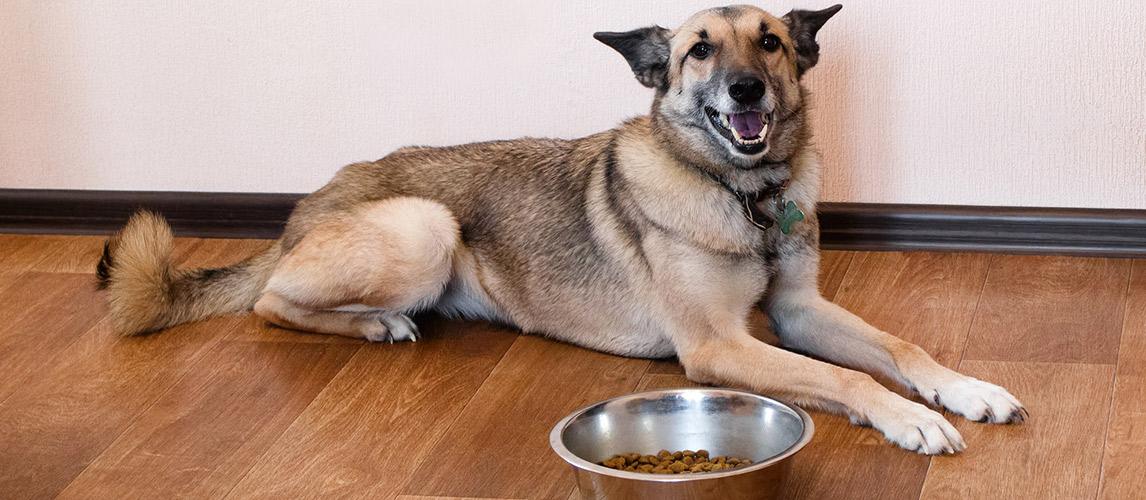Kidneys are an important organ not just for humans, but also for pets including cats. They perform an important function of filtering the blood and removing waste such as toxins, urea and more. These waste materials are mixed with urine and are excreted out of the body.
However, sometimes small insoluble particles remain in the kidney. They form small crystals called renal calculi and over time, it grows and expands into kidney stones.

Kidney Stones in Cats
Kidney stones are one of those diseases that are rarely visible during the initial stages. In fact, you may have no idea that the cat is having stones until the stone has grown large enough to cause a serious infection or obstruction.
Kidney stones are common across all cat breeds, though they are most prevalent in male cats belonging to the Shorthairs breed. Other breeds of cats and females of this breed have a much lower chance of getting kidney stones. The exact reason for this possibility is not known, but researchers have come to this conclusion based on the data they have collected.
As long as the kidney stones are small, they don’t present any problem. But when the stones start getting bigger in size due to increase in residue and waste materials, it becomes difficult for the stones to pass through the urethra to reach the urinary tract. This is why it causes obstruction and sometimes, even infections because these deposits continue to remain in the kidney.
Symptoms
Some of the symptoms to look for in your cat are:
- Vomiting
- Loss of appetite
- Significant change in eating pattern
- Blood in the urine
- Painful urination: If you see your cat whimpering or feeling uneasy while passing urine, it’s a sign of kidney stone.
- Abdominal pain. if your cat is not getting up or if it seems to be in some kind of pain, then check with your vet. Though all abdominal pain is not kidney stone, look for these other symptoms as well.
- Urinary tract infection: When your cat passes urine frequently and only in small quantities, it could be a sign of urinary tract infection. Again, this doesn’t always mean kidney stone, so look for other symptoms too.
But in general, you’ll have to take the cat to a vet when it has any of these symptoms. Even if it is not kidney stones, symptoms like abdominal pain and urinary tract infection require the intervention of a medical specialist.
Causes
The primary cause of kidney stones is the presence of minerals in the kidneys. These minerals often are left behind in the excretion process.
There are more than ten different types of minerals that are likely to cause kidney stones in cats. The presence of each of these minerals is attributed to many causes. So, collectively, here is the list of the different causes that can lead these minerals to accumulate in the kidneys.
- A kidney infection that has not been treated. Some underlying kidney infection will prevent the kidney from functioning to its full ability and this, in turn, can leave behind many minerals.
- Urinary tract or bladder infection. Here too, an underlying bladder or urinary tract infection means the minerals will not be able to excrete out of the body and this could lead to mineral deposits.
- When calcium levels in the body are high, it gets mixed in blood and urine. But, all of it is not pushed out and some particles remain in the kidney. Excess levels of calcium is most likely caused due to the intake of wrong food or foods that are rich in calcium. Unlike humans, cats cannot process a lot of calcium, so a calcium-rich diet can lead to kidney stones.
- Supplements that leave high alkaline pH content in the urine. As with food, there are some supplements that increase the pH alkaline levels in the urine and not all of it can be sent out in one go. Small traces remain and over time, it can form kidney stones.
- Genetic problems in cats make some breeds more predisposed to kidney stones. Shorthairs males are one such species that have a high genetic predisposition for kidney stones.
- Dehydration. If your cat has not been drinking enough water, the kidney doesn’t have enough fluid to flush out all the minerals and toxins. As a result, some of them stay back as residue. This is why you need to make sure your cat always has access to a bowl of water and refill often, especially if you live in a hot and dry place and during summers.
- Specific illness. There are few illnesses that could lead to the buildup of deposits. But this is relatively rare when compared to the other symptoms.
You May Also Like: Cat Food for Kidney Disease
Diagnosis
A lot of these symptoms are misleading because they could mean anything as simple as an upset stomach to cancer tumors. This is why it is best you take the cat to your vet. You can try to guess the disease, but never try home remedies as you’re prolonging the cat’s pain and suffering. Take him to the vet as soon as you can.
Examination
The vet will look at the complete health history of the cat and the symptoms before deciding the cause of discomfort. For this reason, it is important you have a record of your cat’s activities, especially from the time you think it has been having pain. It is best you note down the frequency of vomiting and other symptoms to make it easy for the vet to make the right diagnosis.
Tests
Based on the information you give as well as the past health history of the cat, the vet may draw some conclusions. Also, the vet will physically examine the cat and can even send for a complete lab report that could include a blood test, urine test, a bacterial culture test and a biochemical profile. The tests simply depend on the visible symptoms and the health of the cat.

In some cases, the doctor might even want to examine the organs such as the kidneys to know if this is a urinary tract infection or a kidney stone. So, be prepared to take these tests right away.
X-rays and ultrasounds are also a possibility to arrive at the accurate diagnosis.
Treatment
The treatment depends on the size of kidney stones, the level of discomfort of the cat and its age. Following are some of the possible treatments that are used for eliminating kidney stones in cats. Sometimes, a combination of one or more treatments may also be used.
- Medicines
If the kidney stones are not too large and they are not obstructing the urinary tract, then medicines are enough to dissolve them. When the stones are dissolved, they come out of the body through urine. Sometimes, an antibiotic is also prescribed along with the medicine, especially if the cat is suffering from urinary tract infection. Pain medication may also be given to alleviate the cat’s suffering.
- Fluids
Cats that are having kidney stones due to severe dehydration are put on a fluid treatment. In this treatment, the cat is admitted to the hospital and is given fluids intravenously. During the course of this treatment, the vet will closely examine the kidneys and heart to ensure that the fluid therapy is showing the necessary results and is dissolving the stones.
- ESWL
Extracorporeal shock wave lithotripsy (ESWL) is a non-invasive procedure in which shock waves are sent to the abdominal area to break up the large stones. The small pieces of the stone are then dissolved with medication so that they are excreted from the body. Often, this is the first treatment that vets do to prevent kidney failure in cats. Since this is a noninvasive procedure, the recovery time is also quick.
- Surgery
If the stones are too big and are obstructing the urinary tract, the only option is to go for an invasive surgery. During this procedure, the vet will make a small incision in the kidney area of the cat and will remove the stones that are obstructing the urinary tract and the kidneys. This incision is then closed with the help of sutures. The cat will have to remain in the hospital for some time and is closely monitored for any additional infections or medical complications.
This treatment is often the last resort used by the vet when all other treatments are not possible or have failed. It also opts in the case of a medical emergency where the stones have to be removed right away.
Recovery could be much longer when compared to other types of treatments, so be patient and help your cat to recover well.
Though kidney stones are not really life-threatening, it could impact the physical and emotional health of your cat. So, make sure you give it an extra dose of love and affection and help it to see through this process.
Sources:
- Carrie A Palm, DVM, Cats And Calcium Oxalate: Strategies For Managing Lower And Upper Tract Stone Disease, SAGE Publications
- Jean A. Hall, Serum Concentrations Of Symmetric Dimethylarginine And Creatinine In Cats With Kidney Stones, PLOS ONE
- Feline Lower Urinary Tract Disease, American Veterinary Medical Association
Note: The advice provided in this post is intended for informational purposes and does not constitute medical advice regarding pets. For an accurate diagnosis of your pet's condition, please make an appointment with your vet.






